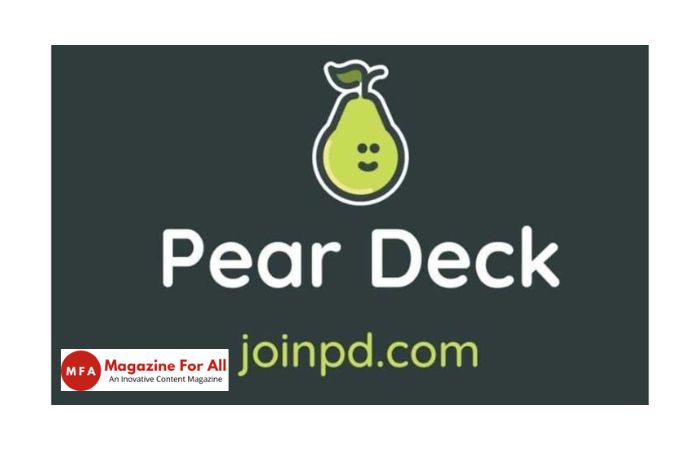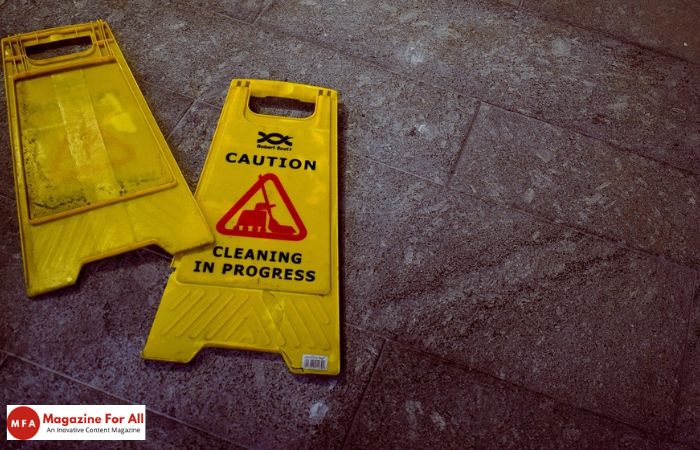In the ever-evolving landscape of workplaces and industries, the importance of health and safety has never been more critical. Employers and employees recognize the significance of creating a safe and healthy working environment. This awareness led to a growing demand for individuals with expertise in health and safety. This comprehensive guide explores the world of health and safety qualifications, providing insights into the different certifications available, their benefits, and how they contribute to overall workplace well-being.
Table of Contents
Understanding the Importance of Health and Safety
Governments and regulatory bodies worldwide have established stringent health and safety regulations to protect workers and the public. Compliance with these regulations is a requirement and a moral and ethical obligation for organizations. In this case, consider acquiring the NEBOSH Diploma, which focuses on international health and safety management, aligning perfectly with the global standards set by regulatory bodies. This diploma stands as a beacon for professionals seeking a comprehensive understanding of health and safety principles applicable worldwide.
A safe and healthy work environment also contributes to employee satisfaction and productivity. Employees who feel secure in their workplace are more likely to be motivated and committed to their tasks. An organization that prioritizes health and safety builds a positive reputation. This reputation, in turn, attracts top talent and fosters trust among clients, investors, and the community.
The Role of Health and Safety Professionals
Health and safety professionals are instrumental in identifying potential hazards, assessing risks, and implementing strategies to mitigate these risks. This proactive approach minimizes accidents and promotes a safer workplace. Health and safety experts are pivotal in developing and implementing emergency response plans. Being prepared can save lives and reduce damage, whether a fire, natural disaster, or health crisis. Professionals in the health and safety field are responsible for training employees on safety protocols, equipment usage, and emergency procedures. Education is critical to preventing accidents and ensuring a safety culture.
Types of Health and Safety Qualifications
Occupational Health and Safety (OHS) Degrees
- Bachelor’s Degrees in OHS: These programs typically cover a wide range of topics which include risk management, occupational hygiene, emergency planning, and safety legislation. Graduates emerge with a comprehensive understanding of health and safety principles.
- Master’s Degrees in OHS: For those seeking advanced knowledge and leadership roles, a master’s degree offers specialized education in areas such as industrial hygiene, environmental health, and ergonomics.
Certified Safety Professional (CSP)
- Recognized Certification: The CSP is a globally recognized certification awarded by the Board of Certified Safety Professionals (BCSP). It demonstrates a professional’s competency in safety practices and principles.
- Eligibility Criteria: To earn the CSP designation, candidates typically need a combination of education and professional experience. This certification is ideal for safety professionals aiming to enhance their credentials.
Occupational Safety and Health Administration (OSHA) Certifications
- OSHA 10-Hour and 30-Hour Training: OSHA offers 10-hour and 30-hour training programs covering general and industry-specific safety topics. These certifications benefit workers and supervisors, providing essential knowledge about workplace hazards and safety measures.
- OSHA Outreach Trainer Program: OSHA also offers a program for individuals interested in becoming authorized trainers. Trainers can conduct OSHA 10-hour and 30-hour courses, spreading awareness and knowledge within their organizations.
National Examination Board in Occupational Safety and Health (NEBOSH)
- International Recognition: NEBOSH is a UK-based organization providing globally recognized qualifications in health and safety. The NEBOSH Certificate and Diploma are widely respected, covering various industries and workplace scenarios.
- Specialized Certifications: NEBOSH offers technical certifications catering to specific industry needs, including the NEBOSH International General Certificate (IGC) and the NEBOSH Health and Safety Management for Construction (HSMC).
Benefits of Health and Safety Qualifications
Health and safety qualifications distinguish candidates in a competitive job market by demonstrating their commitment to creating safe work environments. Certifications from reputable bodies like CSP and NEBOSH are highly regarded by employers globally. They signify a candidate’s expertise and adherence to international standards. Health and safety professionals, armed with the right qualifications, take a proactive approach to identify and mitigate risks. This contributes to a safer work environment and reduces the likelihood of accidents.
Preventing accidents protects human lives and saves organizations substantial costs associated with medical expenses, compensation claims, and potential legal liabilities. Health and safety is dynamic, with evolving regulations and best practices. Engaging in ongoing professional development ensures practitioners stay abreast of the latest trends and advancements.
Qualifications such as master’s degrees and certifications open doors to leadership roles and positions with greater responsibilities. They are often prerequisites for managerial positions in health and safety. Health and safety professionals with the right qualifications can lead cultural transformations within organizations. They can instill a culture of safety where employees at all levels prioritize and contribute to a secure working environment. A positive safety culture fosters employee engagement and loyalty. Employees feel valued when their well-being is prioritized, leading to increased job satisfaction as well as reduced turnover.
Challenges and Considerations
Some individuals and organizations may face financial challenges in pursuing health and safety qualifications. Exploring affordable options, such as online courses and scholarships, is essential to make education accessible. Balancing work responsibilities with education can be challenging. Online and flexible learning options can help individuals acquire qualifications without disrupting their professional commitments. Health and safety professionals must stay informed about changing regulations and adapt their practices accordingly. Regular updates and training are crucial to ensure compliance.
Health and safety regulations vary by country and industry. Professionals across borders must know these variations to create effective, globally applicable safety programs. Integrating technology, such as artificial intelligence and automation, is changing the occupational landscape. Health and safety professionals must adapt and harness technology to enhance safety measures. As workplaces become more connected, there is a need for health and safety professionals to address cybersecurity concerns related to sensitive health and safety data.
Health and safety qualifications are indispensable tools for individuals aspiring to make a meaningful impact on workplace well-being and for organizations committed to creating safe and sustainable environments. The diverse range of qualifications, from academic degrees to specialized certifications, offers flexibility for individuals at various stages of their careers.
Continuous learning and adaptation are essential in the dynamic and ever-evolving health and safety field. Professionals equipped with the right qualifications contribute to risk reduction and accident prevention and play a pivotal role in shaping positive organizational cultures. As the global workforce recognizes the inherent value of health and safety, investing in qualifications becomes an investment in the well-being of individuals and the success of organizations.













































































